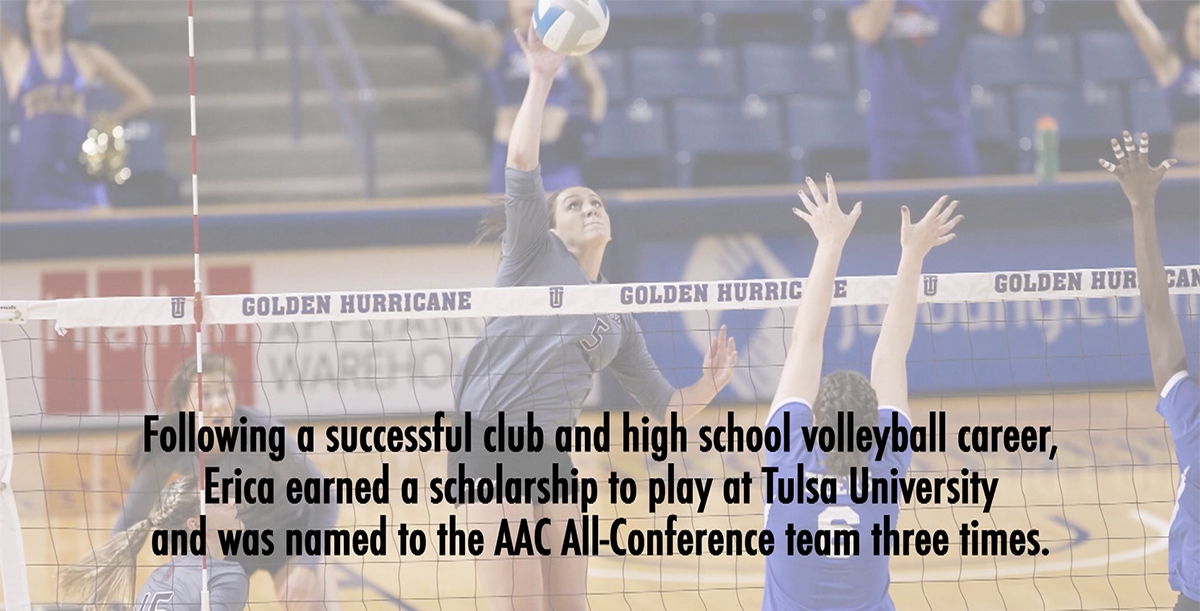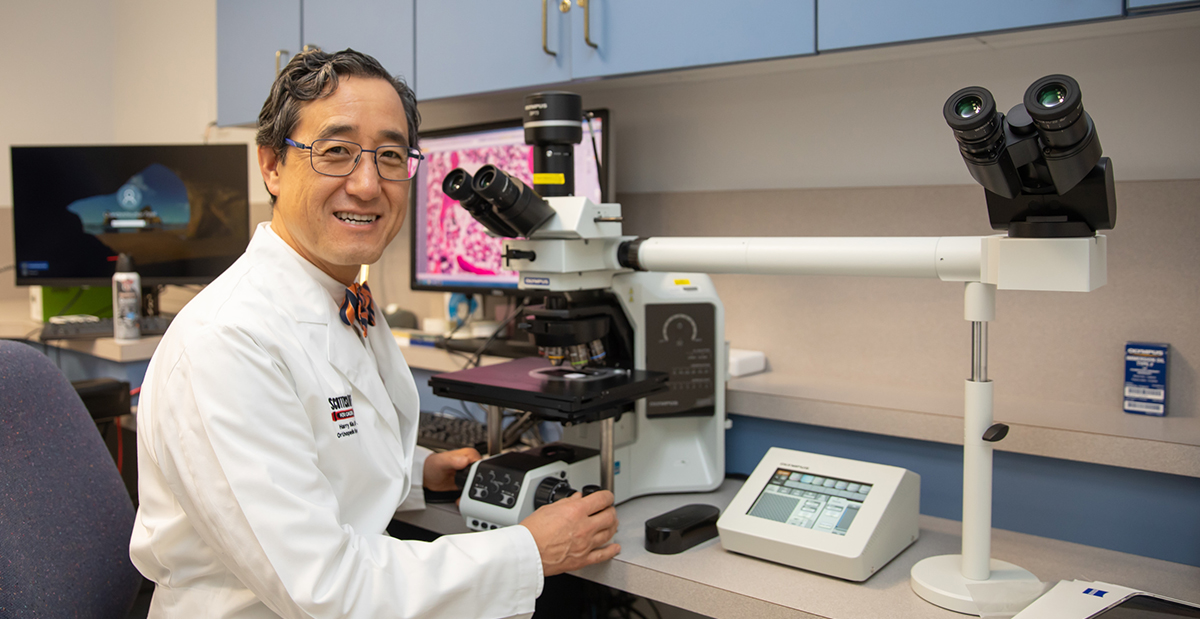
Mar 30, 2018 / Hip Disorders
#RaisedRite - Erica's Patient Story
At Scottish Rite Hospital, we have many successful patient stories. Patients return to the hospital to share their journey to give insight on their treatment and how our expert team gave them back their childhood.
Erica is a four-time, letter-winning volleyball player at Tulsa University. Like many of our patients, she has been able to keep playing the game she loved because of the treatment she received at Scottish Rite Hospital. At age 12, Erica was diagnosed with slipped capital femoral epiphysis (SCFE) and was treated by the hospital’s co-director of the Center for Excellence in Limb Lengthening, David A. Podeszwa, M.D., with surgery to keep her growth plate in place.
After her recovery, she continued playing high-level, competitive volleyball throughout high school and into college. However, during her sophomore year, severe hip pain returned. She was diagnosed with acetabular dysplasia and went through another surgery to correct the issue.
Erica made a full recovery and was able to return to the game she loves. Because of her perseverance and being #RaisedRite, Erica went on to complete her successful volleyball career at Tulsa University.
#RaisedRite is a campaign created to highlight our past patients and encourage those whose lives have been positively influenced by the hospital to share their story.
Share your #RaisedRite story by emailing us at communications@tsrh.org
What is Slipped Capital Femoral Epiphysis (SCFE)?
Adolescent hip condition where the ball of the hip slips away from the growth plate.
What if SCFE goes without treatment?
What is acetabular dysplasia?
Erica is a four-time, letter-winning volleyball player at Tulsa University. Like many of our patients, she has been able to keep playing the game she loved because of the treatment she received at Scottish Rite Hospital. At age 12, Erica was diagnosed with slipped capital femoral epiphysis (SCFE) and was treated by the hospital’s co-director of the Center for Excellence in Limb Lengthening, David A. Podeszwa, M.D., with surgery to keep her growth plate in place.
After her recovery, she continued playing high-level, competitive volleyball throughout high school and into college. However, during her sophomore year, severe hip pain returned. She was diagnosed with acetabular dysplasia and went through another surgery to correct the issue.
Erica made a full recovery and was able to return to the game she loves. Because of her perseverance and being #RaisedRite, Erica went on to complete her successful volleyball career at Tulsa University.
#RaisedRite is a campaign created to highlight our past patients and encourage those whose lives have been positively influenced by the hospital to share their story.
Share your #RaisedRite story by emailing us at communications@tsrh.org
What is Slipped Capital Femoral Epiphysis (SCFE)?
Adolescent hip condition where the ball of the hip slips away from the growth plate.
What if SCFE goes without treatment?
- If not treated, SCFE can lead to many problems as the adolescent grows into adulthood.
- Depending the patient’s activity level or sport preference, the ball of the hip can slip in many different ways – from a minor to severe slip.
- In Situ Pinning: a screw is placed into the ball to keep it place and inhibit it from slipping. For a minor slip, this treatment may be the only treatment needed, however it depends on the patient and severity of the slip.
- Open Reduction Surgery: surgical procedure that aligns the bone within the hip socket.
- For more major slips, the patient might need reconstruction surgery later on in their life.
What is acetabular dysplasia?
- The ball of the hip is in an abnormal position and the socket is not covering the ball normally.
- The abnormal positioning of the hip puts stress on the hip, especially during high level activity.



